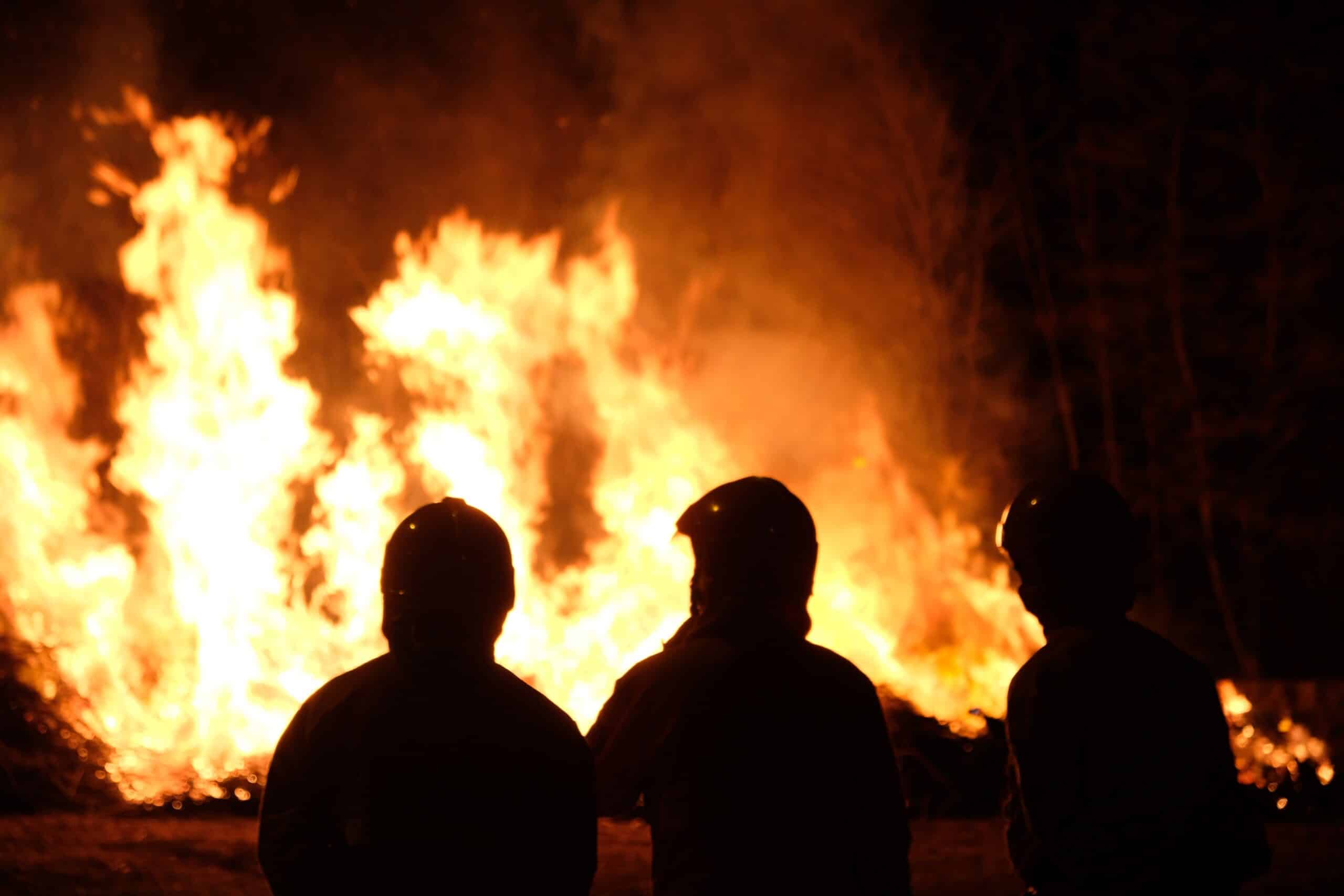Asbestos has been used for many years in thousands of commercial and household products due to its resistance to heat, chemicals, water, and electricity. It was mined from the earth and used in insulation materials, fireproof coatings, bricks, cement, flooring, roofing, paints, and many other products. Household items containing asbestos included plastics, lawn furniture, mattresses, and electrical appliances.
In 1971, the Occupational Safety and Health Administration (OSHA) began regulating the use of asbestos in the workplace after exposure was linked to a number of illnesses, including asbestosis and mesothelioma. In 1977, the International Agency for Research on Cancer concluded that asbestos qualified as a human carcinogen. There is no level of asbestos exposure that is considered safe and while OSHA regulations have progressively reduced the amount of asbestos concentration allowed in the workplace, it has never been banned.
Asbestos can still be found in products, such as automobile brakes and clutches, and materials for construction, especially roofing products. Throughout the United States, many buildings, schools, homes, factories, and roads contain asbestos as they were built before the dangers of asbestos exposure were recognized. Although mining of asbestos ended in 2002, minerals like talc and vermiculite are often contaminated with asbestos, making mining the profession with the greatest risk for asbestos exposure.
Occupational Illnesses Caused by Asbestos Exposure
Asbestos is fibrous and can be inhaled or ingested. The microscopic fibers become implanted in the lining of the lung where they stay for years, causing damage that can go unnoticed until a worker becomes very sick. A worker may not develop an asbestos-related disease until decades later. The following are illnesses that can develop from occupational exposure to asbestos:
- Lung cancer
- Asbestosis, which is a buildup of scar tissue in the lung that results in loss of lung function and eventually death
- Mesothelioma, which is a form of cancer in the lung and abdomen lining; there is no cure for mesothelioma
- Colorectal and gastrointestinal cancers
- Thickening and calcification in the lining of the chest cavity
Who is at Risk?
Some industries use asbestos in higher amounts than others, endangering the following workers:
- Shipbuilders and shipyard workers: Ship construction, demolition, and repair can require the handling or removal of asbestos materials. Almost one-third of mesothelioma lawsuits are filed by government shipyard workers and veterans.
- Firefighters: The protective gear, such as clothing, helmets, and boots, used by firefighters often contains asbestos. Fire-damaged buildings can release asbestos into the air when materials lose their structural integrity.
- Construction workers: There are still many materials containing asbestos used in construction projects.
- Power plant workers: Studies have found that almost one-third of power plant workers had asbestos in mucus samples. Asbestos exposure in power plants was typically due to pipe insulation, fireproofing sprays, and other heat-resistance products.
- Industrial and factory workers: Those working with insulation, boilers, gaskets, and textiles were likely exposed to high levels of asbestos.
- Miners: Asbestos may be present where mining of other materials takes place, putting miners at high risk of inhaling airborne particles.
Also at-risk, but at a more moderate level, are workers who may be exposed to low levels of asbestos on a frequent basis for it to become problematic, or workers who may be exposed occasionally to high levels of asbestos. These types of workers include:
- Auto mechanics
- Cement plant workers
- Chemical plant workers
- HVAC mechanics
- Paper mill workers
- Railroad workers
- Roofers
- Cleaning staff in buildings containing deteriorating asbestos
Preventing and Minimizing Asbestos Exposure
All workers have the right to a safe work environment and OSHA has strict limits for permissible exposure to asbestos in different industries. Most industries using significant levels of asbestos are also subject to monitoring asbestos exposure. In work environments with a high risk of asbestos exposure, employers must protect workers with required safety measures, such as:
- Providing personal protective equipment, such as respirators, goggles, face shields, foot coverings, gloves, and coveralls
- Installing proper ventilation systems
- Providing training to educate workers on the hazards and short and long-term risks of asbestos exposure
- Posting warning signs and instructions in established and regulated work areas containing asbestos
- Using work practices and engineering controls that reduce airborne particles
- Providing showers as a post-exposure precaution
- Monitoring asbestos exposure levels of employees
Compensation for Workplace Asbestos Exposure
Workers’ Compensation benefits are available for occupational diseases, including those resulting from asbestos exposure. However, determining exactly who the employer is may not be obvious at first. The liable employer in asbestos exposure cases can be difficult to define because mining companies, shipyards, and other industrial establishments often hire contractors to perform different jobs within their business. If a contractor was the direct employer, then a Workers’ Compensation claim must be filed with the contractor, while a lawsuit may be brought against the larger company who hired the contractor. A third-party lawsuit may also be filed against any manufacturer that caused asbestos exposure. Consulting with an experienced Workers’ Compensation lawyer can help determine the best path of legal action.
Mount Laurel Workers’ Compensation Lawyers at Kotlar, Hernandez & Cohen, LLC Fight for Workers with Asbestos-Related Occupational Illnesses
Filing a claim for an occupational illness is complicated, especially if your illness is related to workplace asbestos exposure from many years ago. The compassionate Mount Laurel Workers’ Compensation lawyers at Kotlar, Hernandez & Cohen, LLC have the experience necessary to help you receive the benefits you need. Call us at 856-751-7676 today to schedule a free consultation or contact us online. Located in Mount Laurel, Cherry Hill, Trenton, and Vineland, New Jersey, as well as in Trevose, Pennsylvania, we serve injured workers throughout New Jersey and Pennsylvania.





